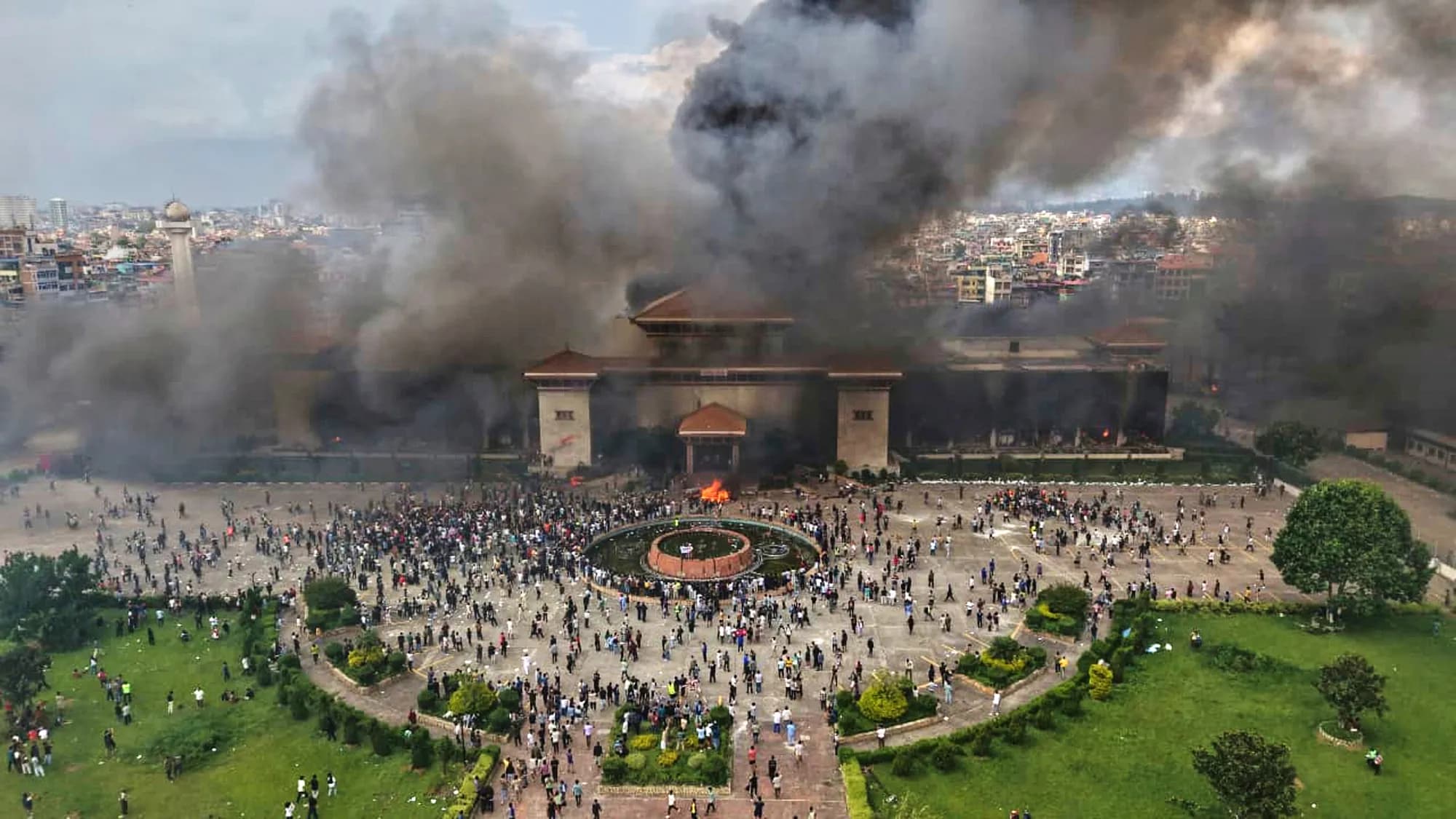Across continents, young people born roughly between 1996 and 2010 — commonly referred to as Generation Z — are emerging as a distinct force in public protest. From South Asia to Africa, the Andes to Southeast Asia, this generation is taking to the streets not just in isolated events but in a pattern that observers suggest may mark a new phase of collective action. According to a recent analysis by PBS NewsHour, this “wave of protests … driven by young people” is unfolding worldwide. This article will walk through how this phenomenon has developed, what drives it, and what it might mean for the future.
Roots and early signals
The narrative of youth-led protests is not new, but the scale, tools and transnational linkages are. In earlier years, student movements, climate strikes and social media campaigns made headlines. But in recent years the generational identity of protesters — the fact that they define themselves as Gen Z — is becoming explicit. For example, a survey of youth-led mobilisations shows this generation is “emerging as a key actor in global protest movements” across regions including South Asia, Southeast Asia, Africa, North Africa and South America. In particular, one article from Carnegie Endowment for International Peace highlights how social-media-based organising, widening economic inequality, and political stagnation are enabling these protests.
Key regions and cases
Nepal: In September 2025, youth-led protests in Kathmandu and elsewhere in Nepal were triggered by a government ban on multiple social media platforms. But as analysts pointed out, the underlying grievances included corruption, nepotism, lack of accountability and limited economic prospects for young people.
Morocco: Beginning in late September 2025, young Moroccans — notably groups identifying as “GenZ 212” (referring to the country code +212) — organised via Discord, TikTok and Instagram to protest government spending priorities, inadequate public services, youth unemployment and broader systemic issues.
Madagascar: In late September 2025 youth-led protests emerged in response to chronic water and electricity shortages, which escalated into broader demands for systemic change.
Global spread: Additional reports identify similar patterns in Kenya, Indonesia, Peru, Bangladesh and other countries. The movement is not confined to one region or issue.
What is driving it?
Several common threads emerge from expert analysis:
Economic and social stagnation for young people: Many Gen Z citizens in countries with youthful populations face limited job opportunities, rising costs of living, shrinking future prospects. For example “youth bulge” regions in the Global South feature median ages under 25 and significant vulnerability to austerity policies.
Digital fluency and networked organisation: The Gen Z generation has grown up online, and studies show they are using digital platforms to coordinate, amplify and sustain protests. For instance research into youth activism emphasises how these young activists deploy hashtags and visual narratives as part of their campaign strategy.
Leaderless, decentralised movements: Rather than relying on a singular figurehead, many of these protests exhibit looser, horizontal structures. They are often organised through online channels, making them difficult to predict and control.
Transnational resonance: Protesters in one country draw inspiration from others. Analysts note that the term “Gen Z protests” has been applied to movements in Asia which then seem to influence developments in Africa and Latin America.
Challenges and responses
These movements face significant challenges. Some governments have responded with internet shutdowns; others with heavy policing or legal crackdowns. For example, according to Amnesty International, many young protest-participants “should not have to risk their lives to protest” but face unlawful force in some countries. Additionally, the digital nature of these movements raises questions about sustainability, authenticity, and the translation of street protests into long-term policy change. Some researchers caution that “clicktivism” or short bursts of activism may not yield structural reform unless accompanied by organisation and institutional engagement.
The upsurge of Gen Z-led protests around the world signals more than isolated episodes of youth frustration. It suggests a generational moment in which digitally empowered young citizens are asserting their voice in political life, especially where they feel excluded from the benefits of growth or progress. While the movements remain diverse in motive, method and outcome, certain common dynamics — youth economic angst, digital networks, decentralisation — tie them together. Whether these protests will translate into lasting systemic change remains to be seen. What is clear is that the world is witnessing a substantial shift in how the youngest adult generation engages with power, politics and public space.
Summary Assessment
In sum, Generation Z is increasingly visible as a protest actor worldwide. The movement is powered by broad socio-economic discontent, enabled by technology, and characterised by loose networks rather than formal leadership. For governments, civil society and international observers the phenomenon presents both a challenge and an opportunity: a challenge because traditional response models may fail; an opportunity because youthful energy and digital connectivity could inject new forms of civic engagement. As this wave continues, the key question is whether it will lead to reform and inclusion or whether it will dissipate without structural impact.
